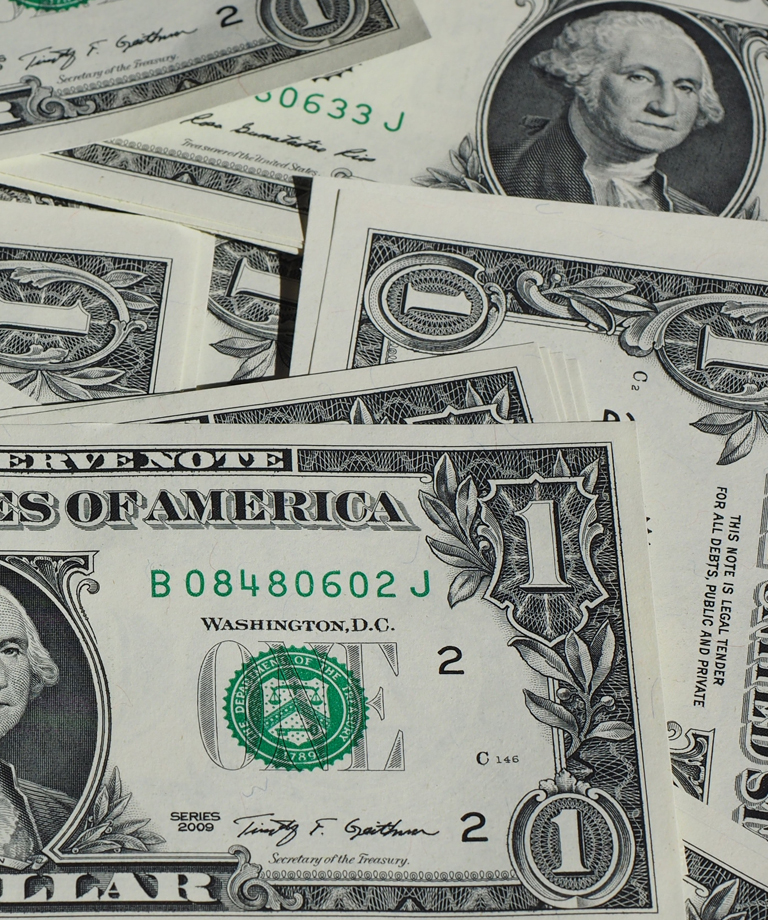
As COVID-19 dominated headlines in the first few months of 2020, serious public health and economic consequences of the virus’ spread became apparent. While we’ve done our part to communicate to our customers and teammates about the public health side, there are some interesting things to discuss on the economic side as well. For one, we’re answering the question of ‘Why are interest rates so low?’
We’ll start with a basic principle of economics: there is a strong relationship between supply, demand, and price. For example, if favorable growing conditions increase the quantity of corn produced during a given growing season, but the market’s demand for corn stays the same, corn prices are likely to fall significantly. To sum it up, if supply increases and demand doesn’t change, the price will drop in an effort to restore the balance between supply and demand.
So, what does this have to do with interest rates? The answer is this: interest rates are the price of money. Like with the corn example, if the supply of money goes up while the demand for money goes down, the price of money (interest rates) will go down as well. This is exactly what we’ve seen happen to interest rates with the COVID-19 outbreak.
The Federal Reserve System (FRS) is the central bank of the U.S. The Fed, as it is commonly known, regulates the U.S. monetary and financial system. Earlier this year, the Federal Reserve recognized that efforts to stop the spread of COVID-19 would result in a major decrease in economic activity. They knew that this decrease would, in turn, produce a large decline in the amount of money needed to maintain and grow businesses. In response, the Fed acted swiftly to lower the price of short-term money by cutting the Fed Funds rate to near zero in an attempt to slow the anticipated decline in business activity.
Clearly, the Fed was not the only party to foresee the coming decline in business activity. Stock market investors did, too. They responded by running for the exit. Much of the money that left the stock market ended up in bank deposits. Since the end of 2019, over $2 trillion has flowed into bank deposits throughout the country. With such a large amount of money coming into the banking system at a time when business activity is contracting, the inevitable result has been a decline in interest rates. However, the low interest rates are needed to restore the balance between the supply and demand for money.
As we wait for a return to normal, we will continue to invest in our customers and our communities through thick and thin, like we have since 1885. With a longstanding history of success, you can be sure that we will be a financial partner for life’s journey, even if there’s a pandemic along the way. Please feel free contact us if you have any questions about interest rates or any of our other COVID-19 response efforts.
